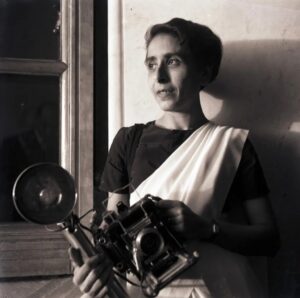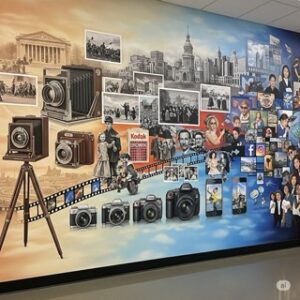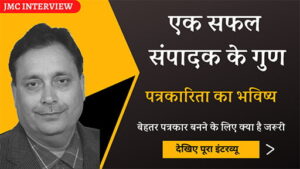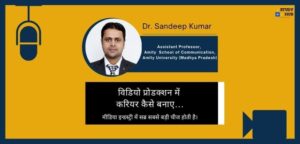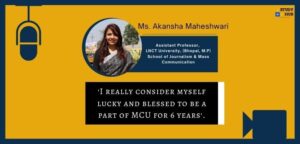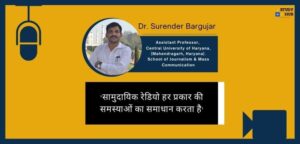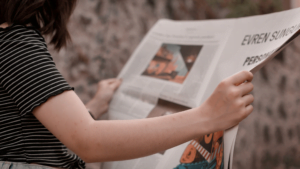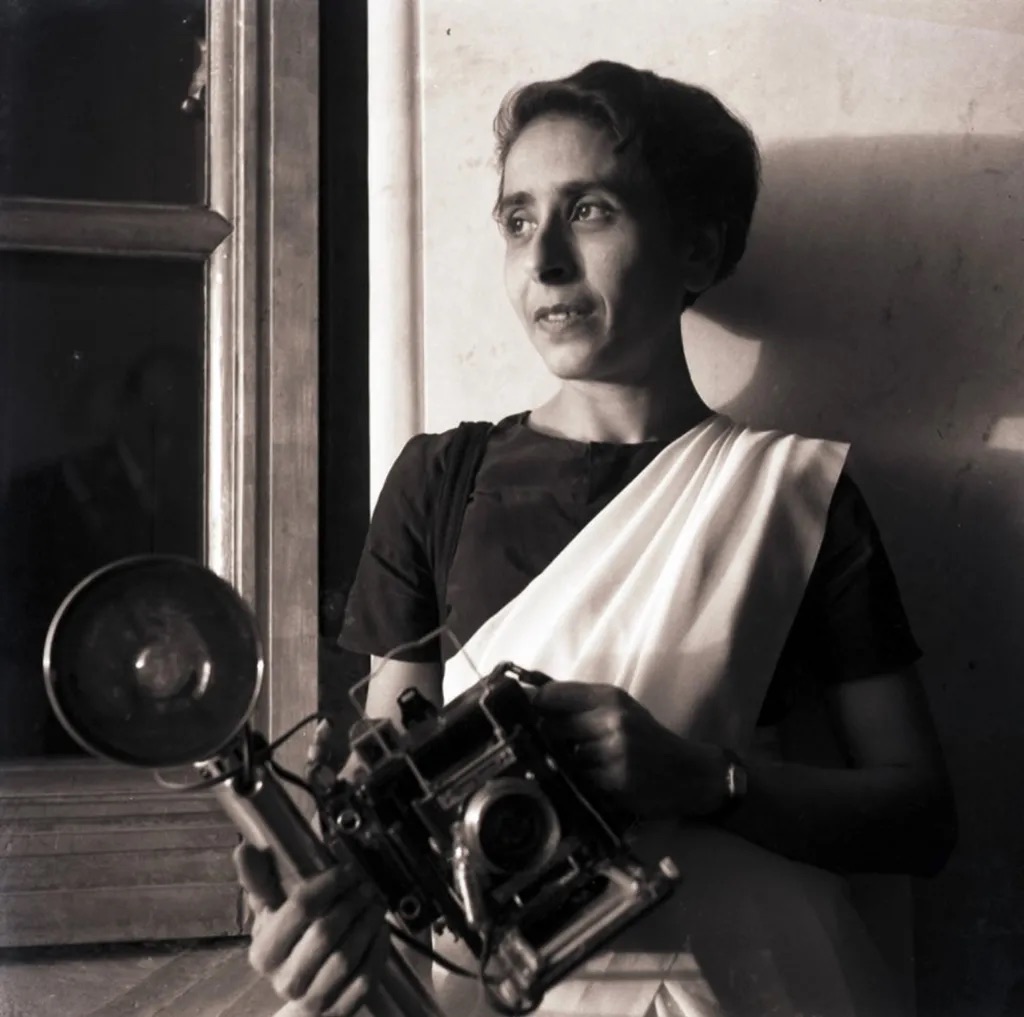Multi-tasking in journalism is due to
(A) Media globalisation
(B) Economic liberalisation
(C) Social integration
(D) Technology convergence
Correct Ans: (D)
Explanation:
Journalists today handle multiple tasks simultaneously due to rapid advancements in technology convergence. This phenomenon integrates print, broadcast, and digital media, allowing journalists to work across various platforms efficiently.
Previously, journalism operated in separate domains—print reporters wrote articles, TV journalists covered visuals, and radio professionals handled audio. However, technology convergence has merged these roles. Now, a journalist often writes articles, records videos, edits content, and shares news on social media—all at the same time.
The rise of digital tools, mobile journalism, and artificial intelligence (AI) has further enhanced multi-tasking. Reporters now use smartphones, live-streaming apps, and automated transcription tools to speed up news production. Additionally, social media engagement has become a key responsibility, requiring journalists to interact with audiences while covering stories.
Multi-tasking offers several benefits. It improves efficiency, reduces production costs, and expands audience reach. However, it also creates challenges. Journalists face increased workload, stress, and pressure to deliver news quickly without compromising accuracy.
In conclusion, technology convergence has reshaped journalism by making multi-tasking essential. While it improves productivity, journalists must balance speed with accuracy to maintain credible and high-quality reporting.




